The ocean is the largest natural carbon sink on our planet, and provides a range of biological and chemical pathways by which this natural fast-to-slow carbon transfer occurs. Running Tide’s carbon removal system is designed to amplify these natural processes, specifically the ocean’s biological carbon pump and solubility pump, moving additional carbon from the fast carbon cycle to the slow carbon cycle.
At Running Tide, our carbon removal credit isn’t just a certificate. It’s the fully quantified measurement of our negative carbon supply chain in which wood residues from Canada are combined with alkaline minerals from Sweden and the UK at our processing site in Iceland and deployed 190 miles south into the North Atlantic, where they are monitored by a custom-built fleet of ocean satellites. It’s the full internalization of all the externalities our operation could have. It’s a starting point of a process where we deploy, learn, iterate, and evolve with a clear goal: remove carbon and restore ocean health.
While the company is iterating on numerous removal products, the St. Louis site and Biotechnology division focused on the long-term development and production of efficiently removing carbon via macroalgae in the open ocean. This was done in conjunction with a team under my direction in Portland, ME as well as Akranes, Iceland.
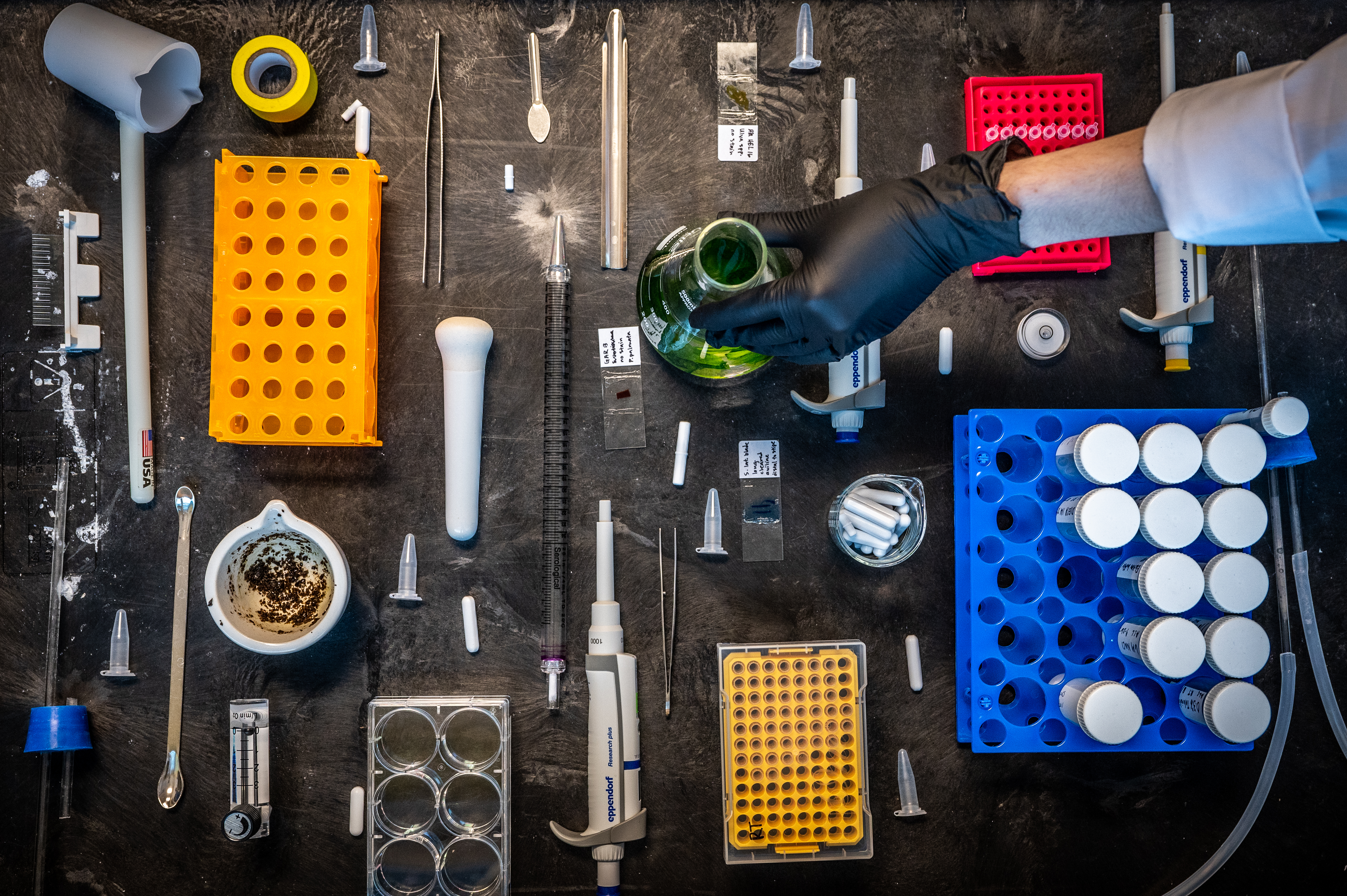


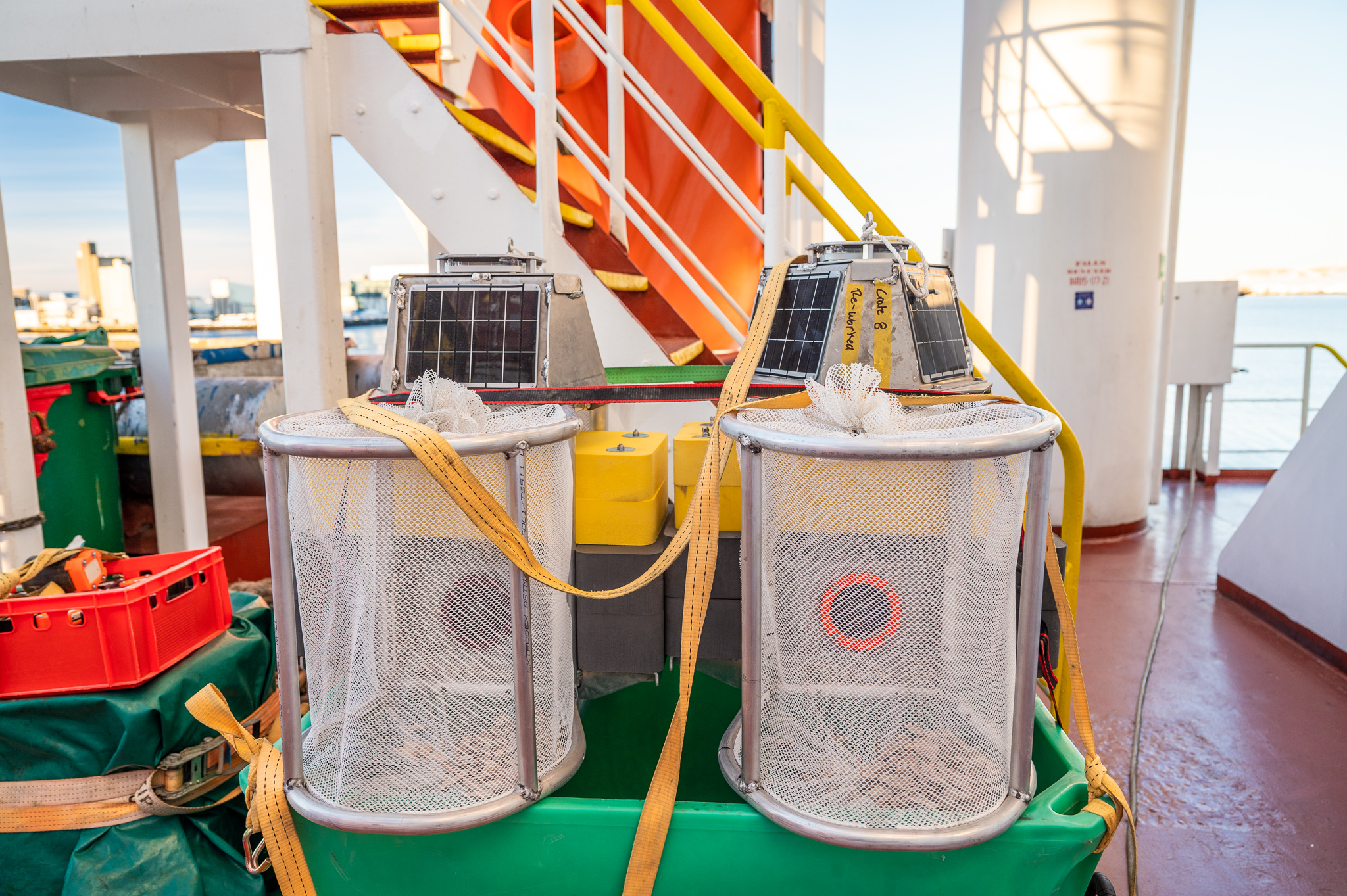
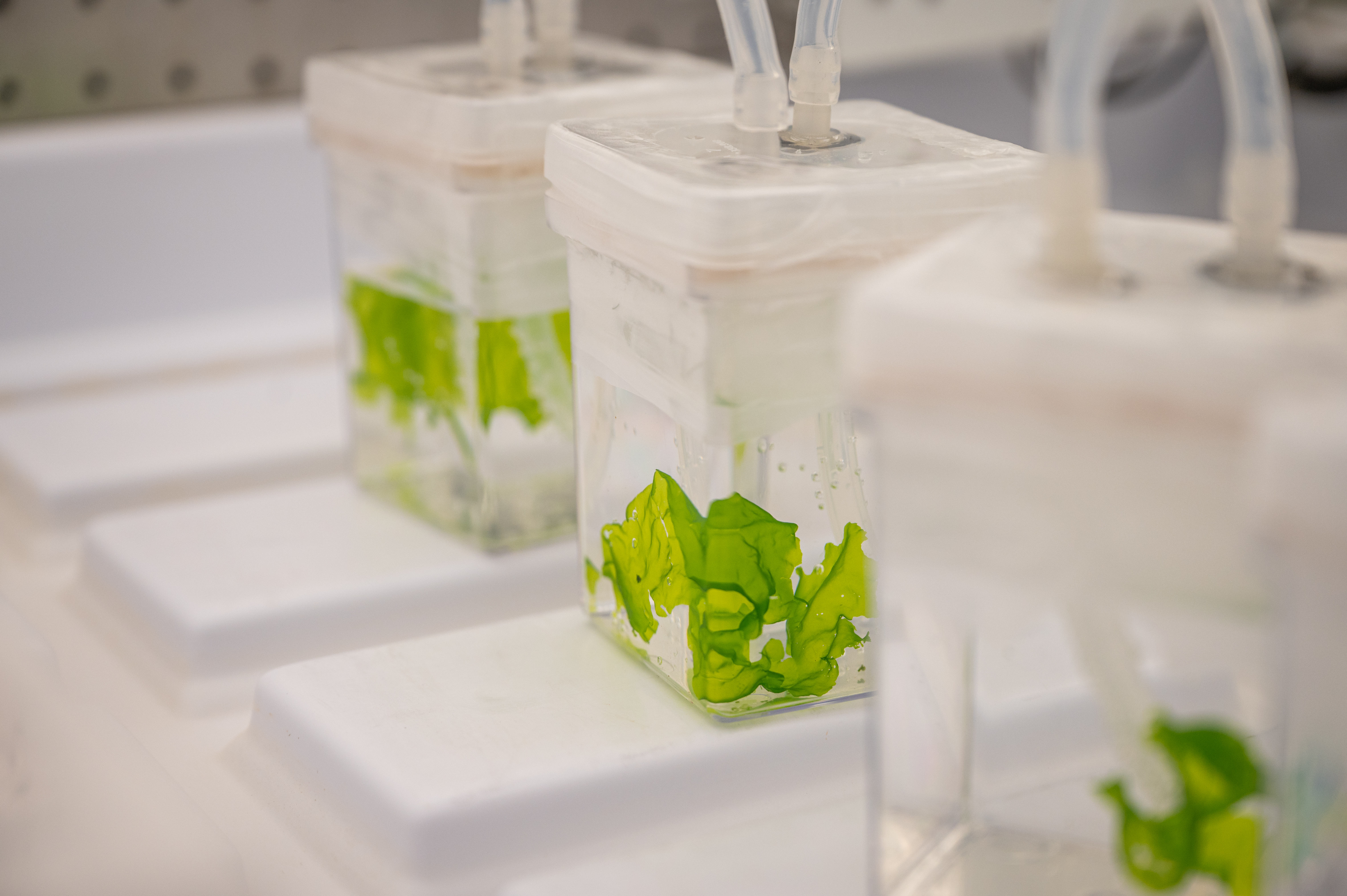
Building the St. Louis Facility
While a city in the middle of the US seems an odd place to put an oceanic research facility, the truth is that the location is ideal for researching and developing a biotechnology product. St. Louis has the scientific infrastructure, community support, and talent pool to easily spin up such an endeavor – and in 2021 I convinced the Running Tide leadership and Board to let me open the biotechnology R&D division in a new facility next to the Donald Danforth Plant Science Center in St. Louis, MO. We opened in Feb 2023 and began investigating and building the foundational science necessary to prove the concept that various macroalgae could be cultivated, sporulated, inoculated, and grown in oceanic conditions.
The 39N and AgTech communities of St. Louis have welcomed Running Tide with open arms. We were part of the 12th cohort for the Wells Fargo Innovation Incubator (IN2) within our first year of opening. The company and the work being conducted in St. Louis has been featured in the city’s business journal and on numerous science-related media outlets, we have been approached by interested investors, and have started collaborating on numerous local projects with academic and non-academic parties. The Running Tide name and brand is strong in the city.
My Roles:
I was recruited as the Head of Genetics for Running Tide, with the goal of building a biotechnology division focused on long-term improvement of macroalgae in the open ocean. I was promoted to Director of US Macroalgae, expanding the scope to now lead all macroalage efforts including cultivation and short-term product development. The US agronomy team folded underneath my direction and I helped hire and set up the Iceland agronomy team. Finally, I was promoted to (and currently still serve) as the VP of Biotechnology shaping the global direction of all biotechnology covering macroalgae product generation for carbon sequestration, as well as advising upon and building aspects of Running Tide’s biodiversity monitoring division. Throughout this entire process I have served as General Manager of the St. Louis site, facilitating collaborations, managing our spaces, and ensuring that Running Tide has a good standing in the local and scientific communities.
Currently, my primary role is to manage a team of managers, scientists, and technicians in two locations (Portland, ME and St. Louis, MO) specifically ensuring that I am removing roadblocks, approving budgets, reviewing and disseminating results, and prioritizing projects, while broadly supporting the teams in training, company context, expectation setting, prioritization, accountability, and culture. Secondarily my role is to connect the teams to the company and vice versa, ensuring that information and work product flowed between all necessary parties, as well as working to inform the whole company of the new advancements the teams are producing.
I am Running Tide’s lead biologist advising the Executive team on biotechnology products, research and service roadmaps, and IP pursuits and serve as the company’s biology representative to the Scientific Advisory Board. Additionally, I am spearheading the development of scientific infrastructure such as auditable ELNs and LIMS as well as policies and training for data management and curation.
The Science:
All science work is proprietary, so only information that was publicly disclosed is spoken about here. Scientifically, projects and products revolved around: macroalgae genetics, cultivation, bacterial inoculations, breeding, quantification through image-analysis, abiotic stress testing for model prediction, and finally eDNA services for coastal restoration work and biodiversity monitoring.
Many of the procedures and protocols were created and optimized by the team, which is helping build Running Tide a strong foundation of biological-based options for product development.

Featured Press on St. Louis Facility
- Wells Fargo Innovation Incubator 12th Cohort
- St. Louis Business Journal, Innovation Desk
- Company spotlight, 39N AgTech District
Select Press on Running Tide
- The Whole Story with Anderson Cooper, Season 1, Episode 2 – How to Unscrew a Planet. (CNN Trailer)
- Delivery of first ever open ocean carbon removal credits (Bloomberg) | FastCompany
- RT becomes Microsoft’s first open ocean-based carbon removal supplier (Press Release)
- Could seaweed be the ‘fastest and least expensive’ tool fight climate change (National Geographic)
Select Co-authored Running Tide White Papers
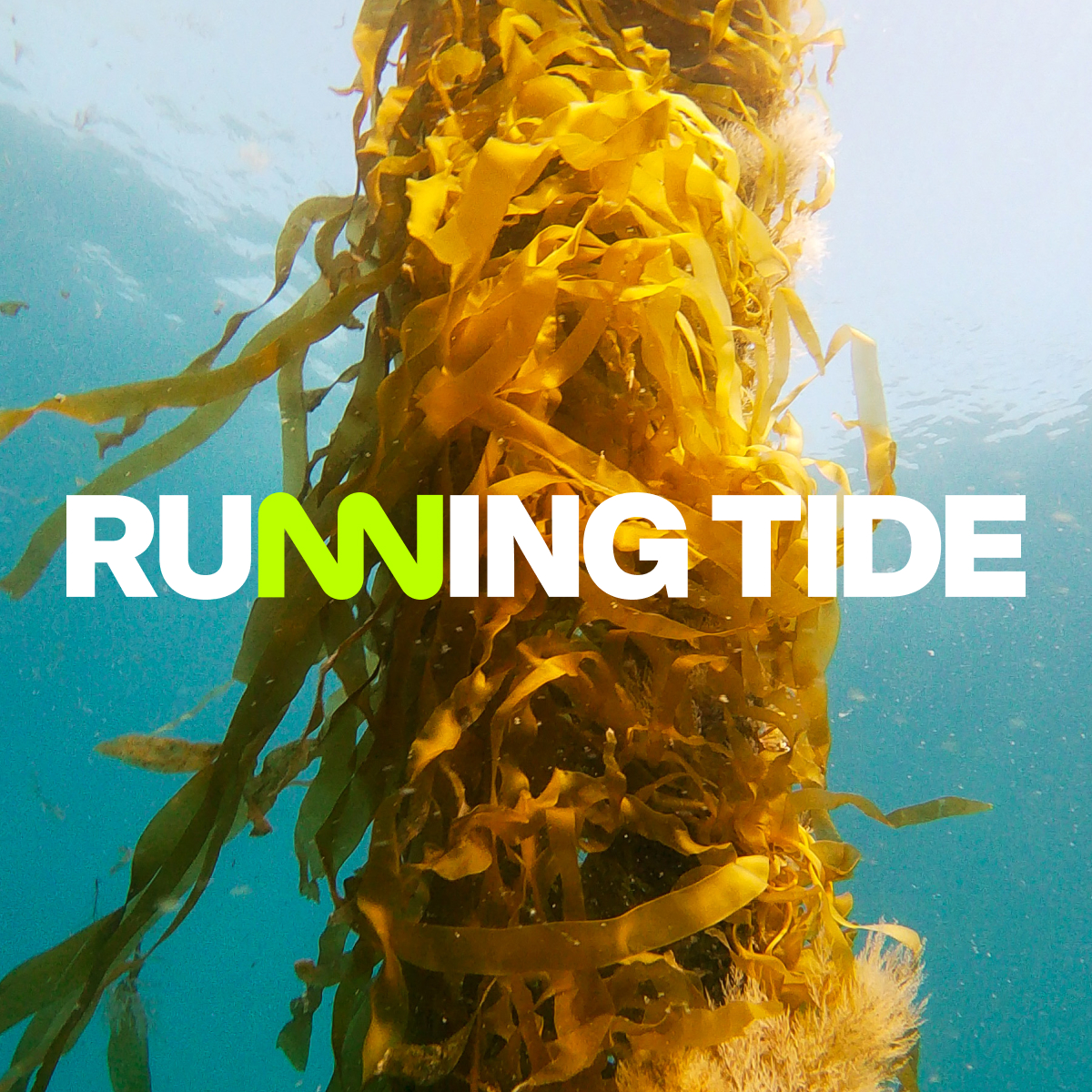



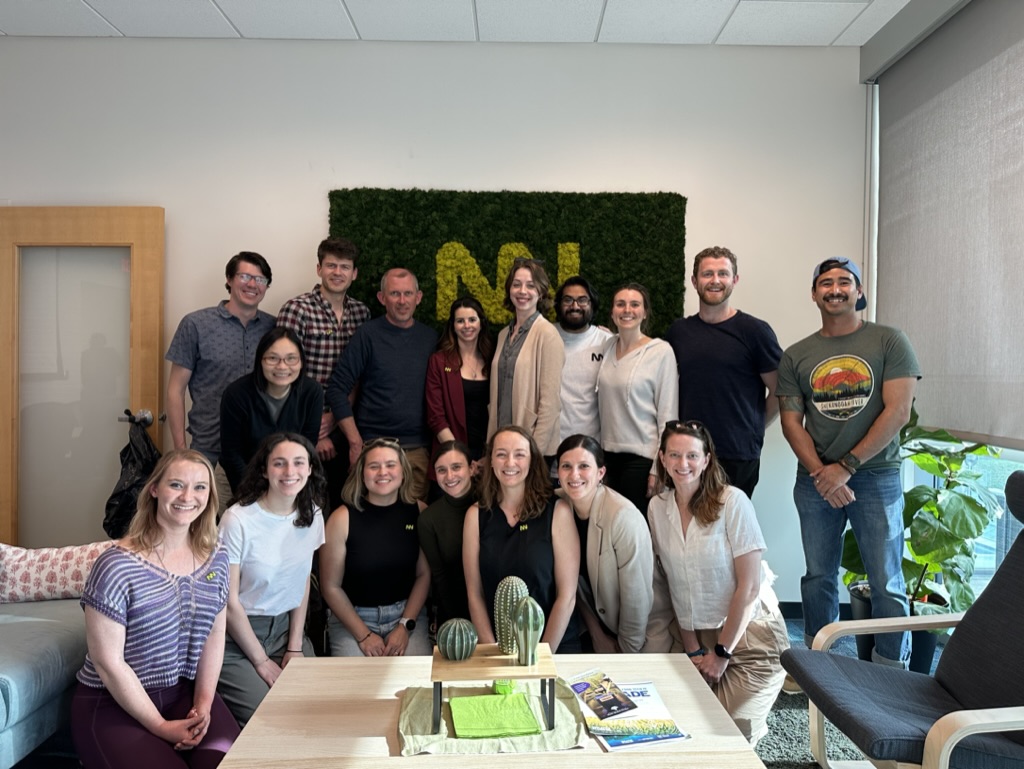
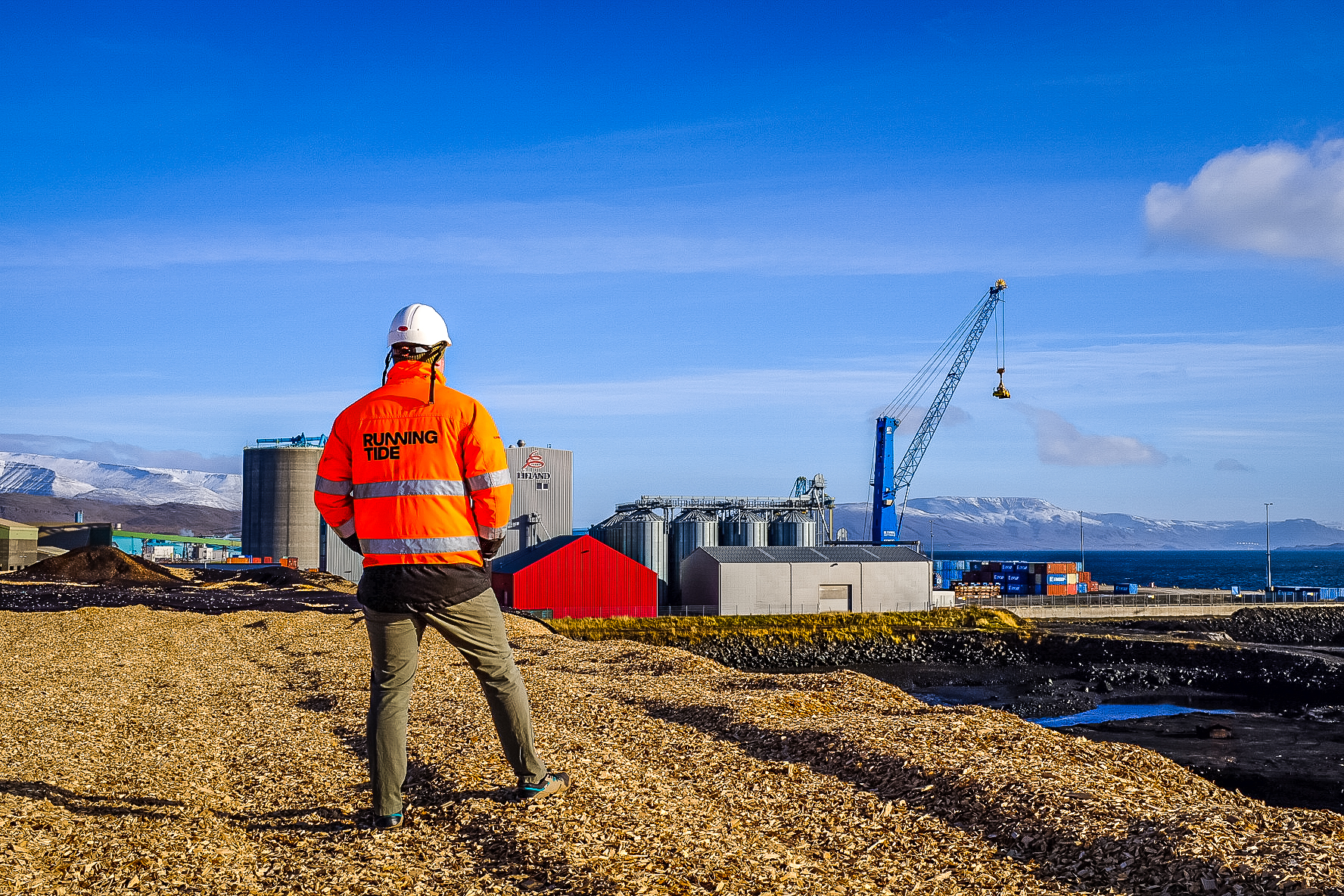

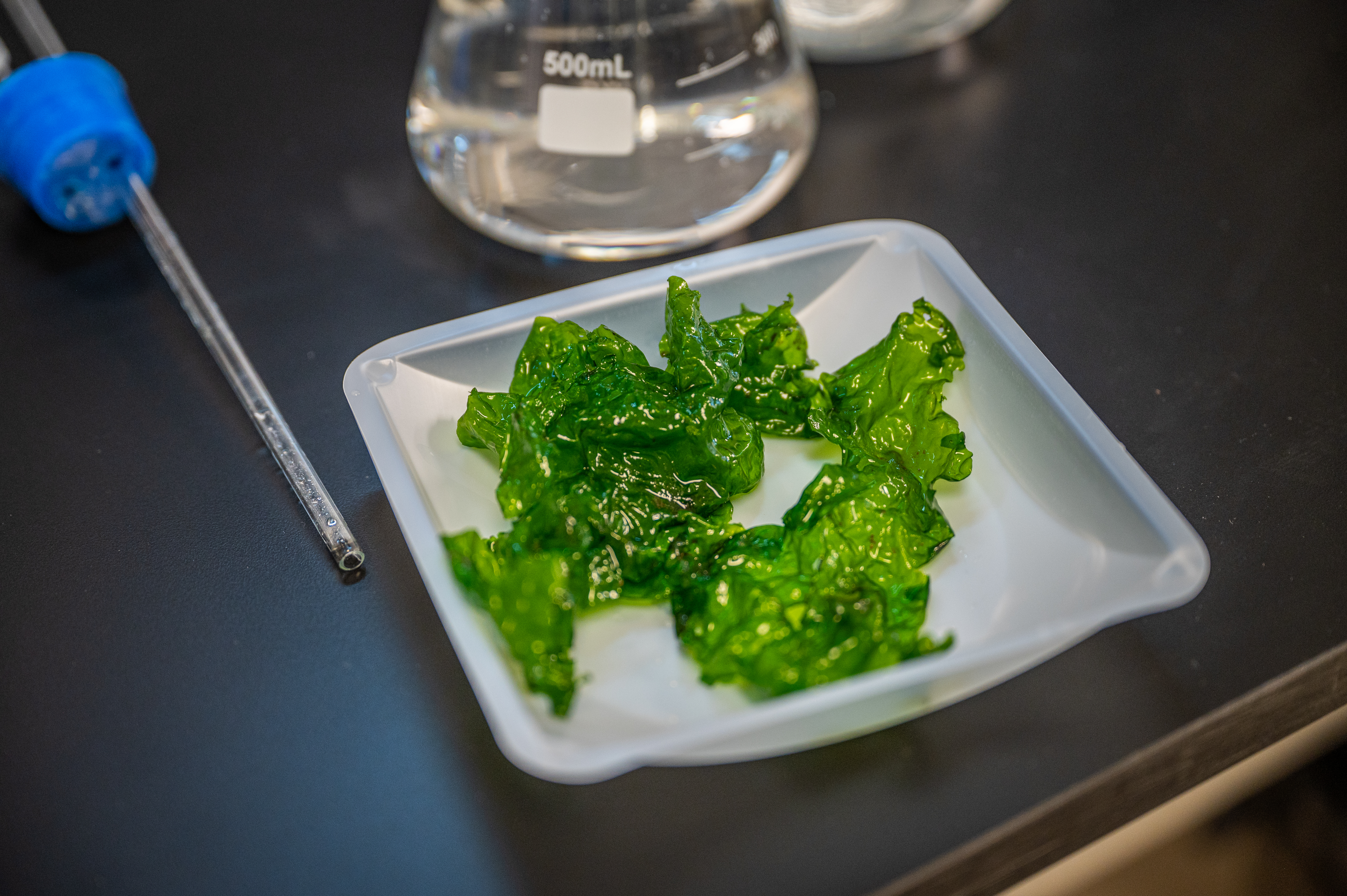
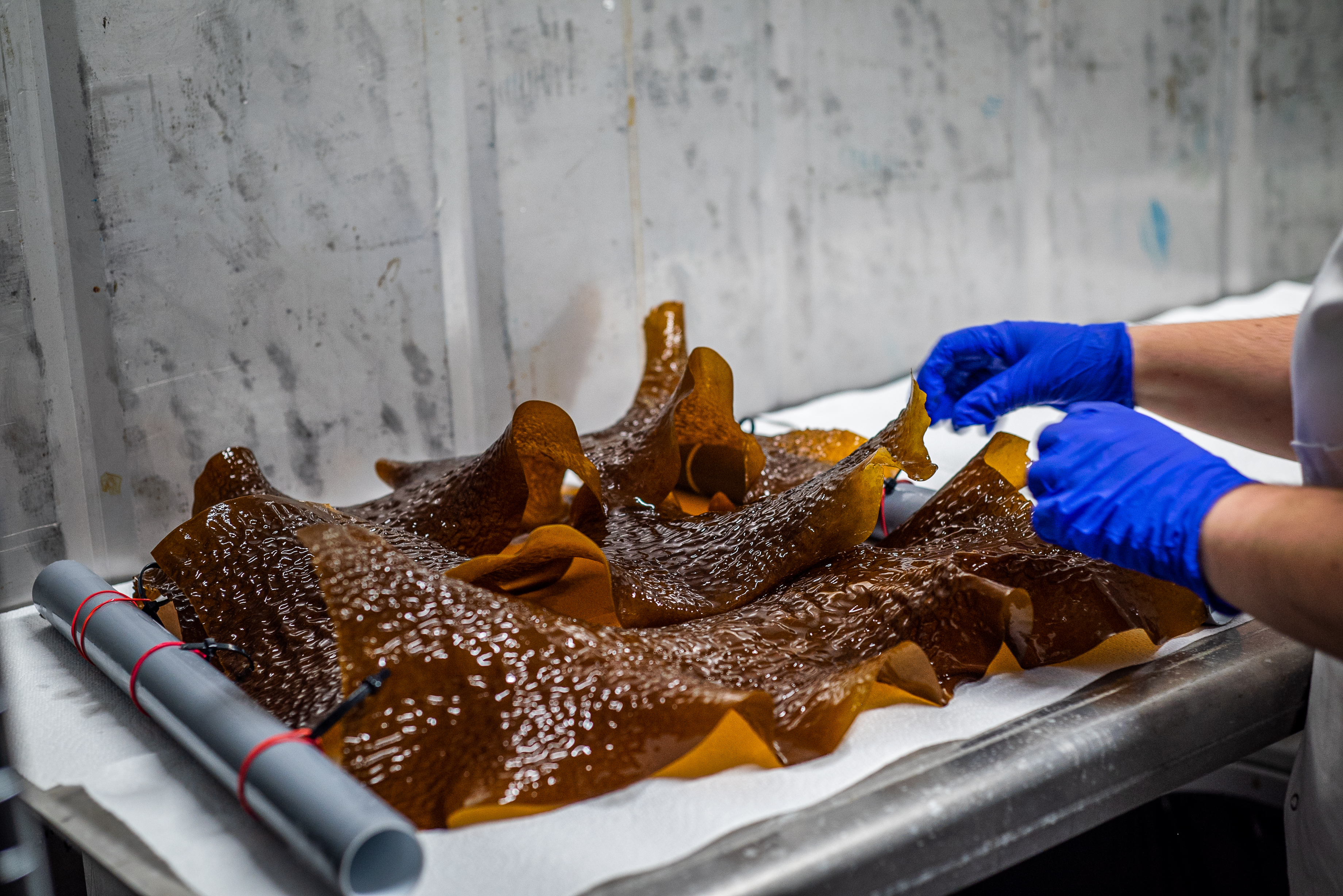
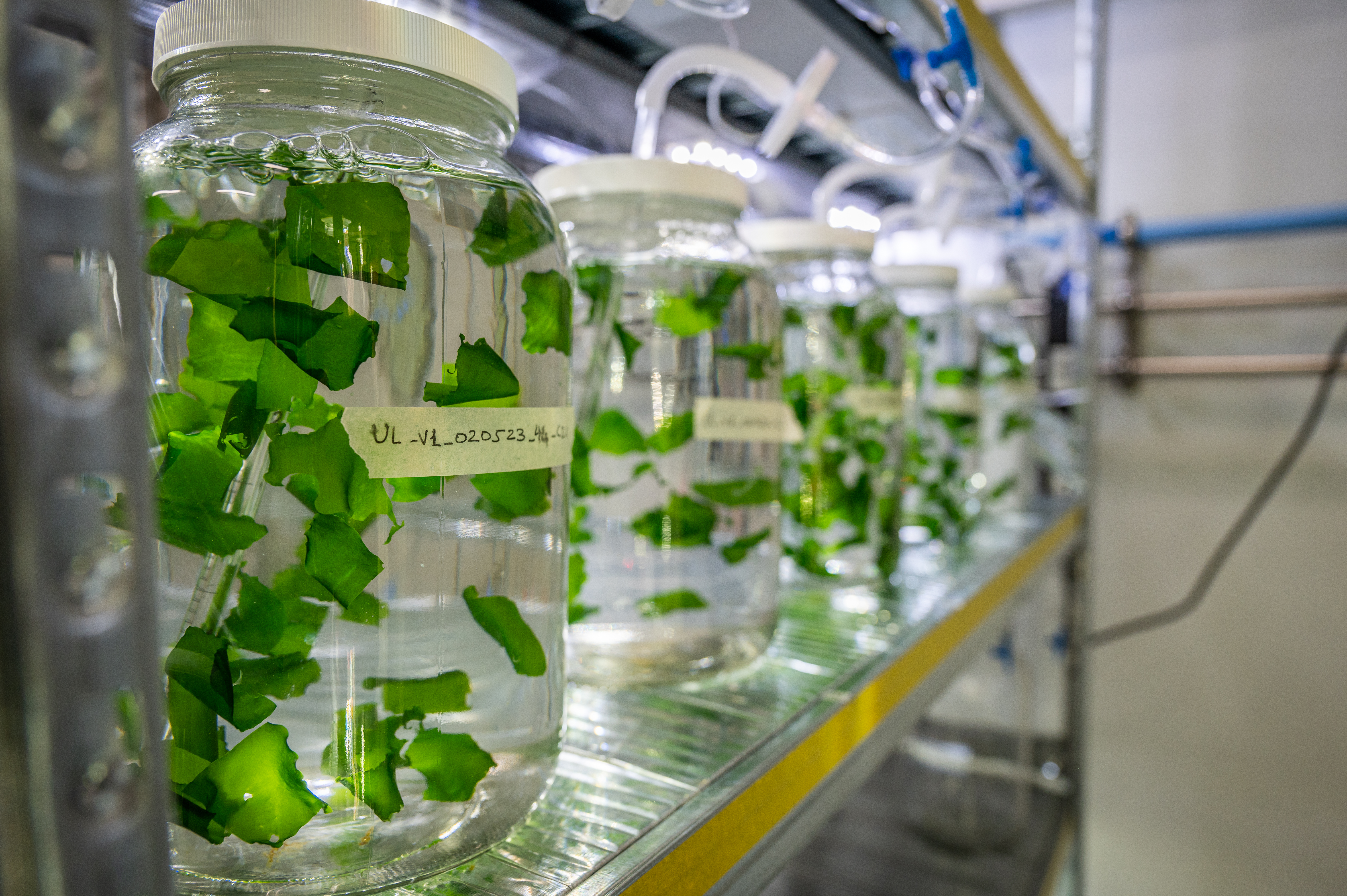





You must be logged in to post a comment.